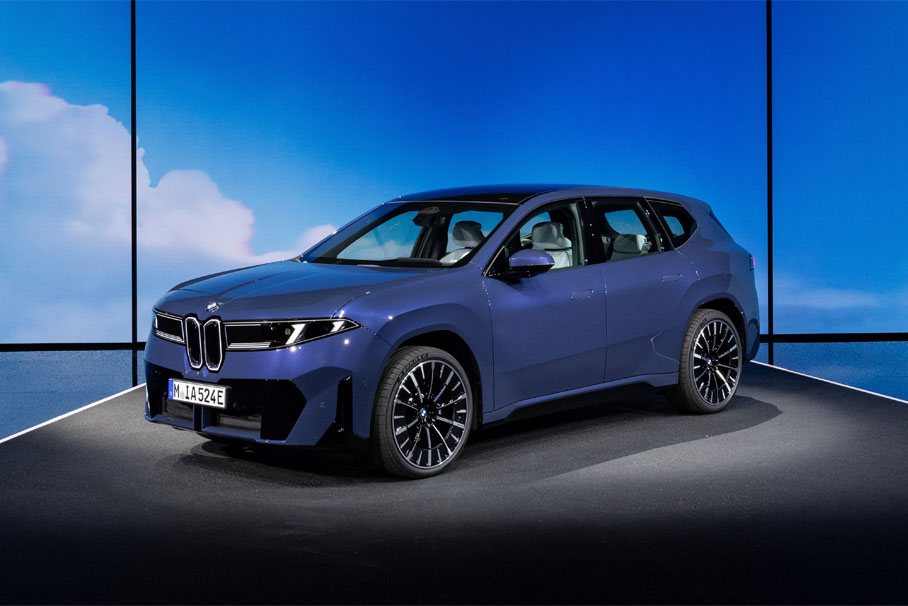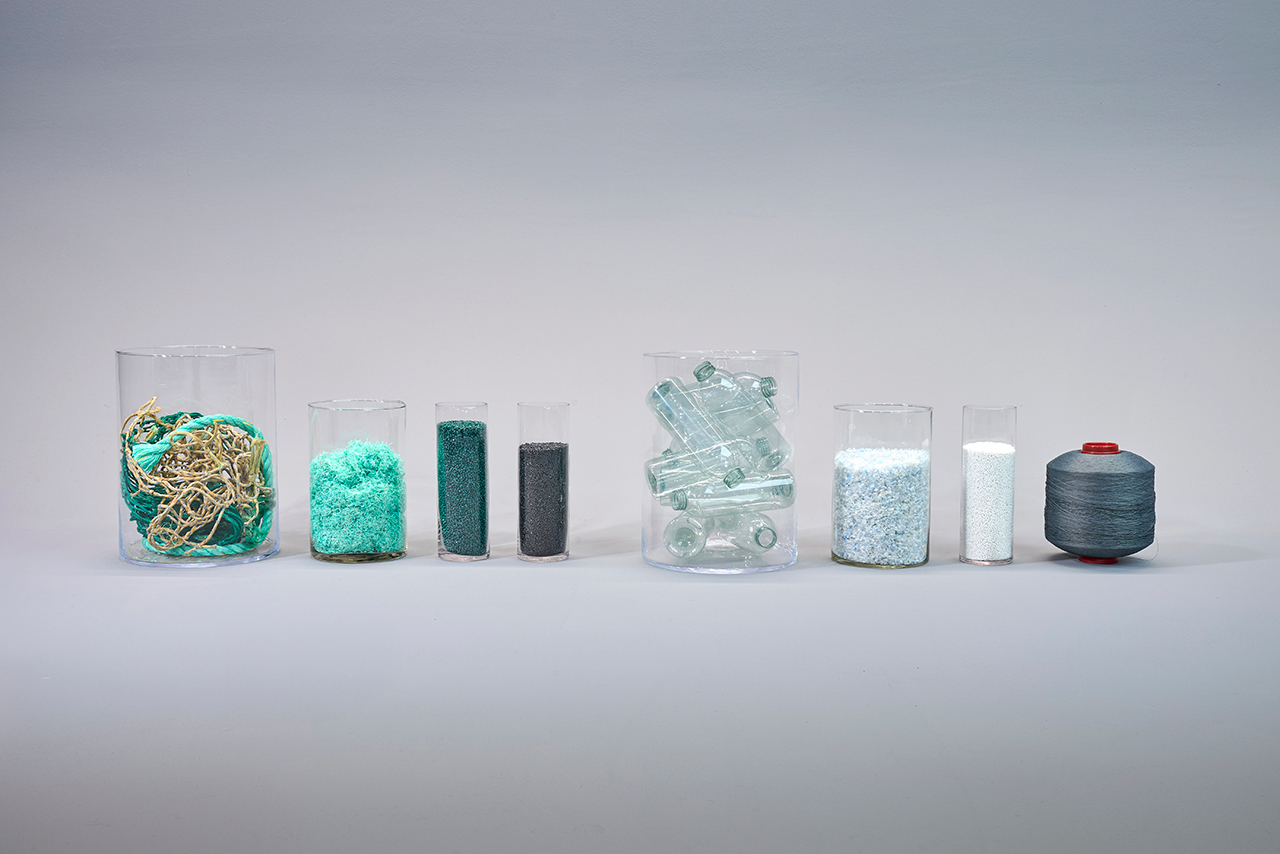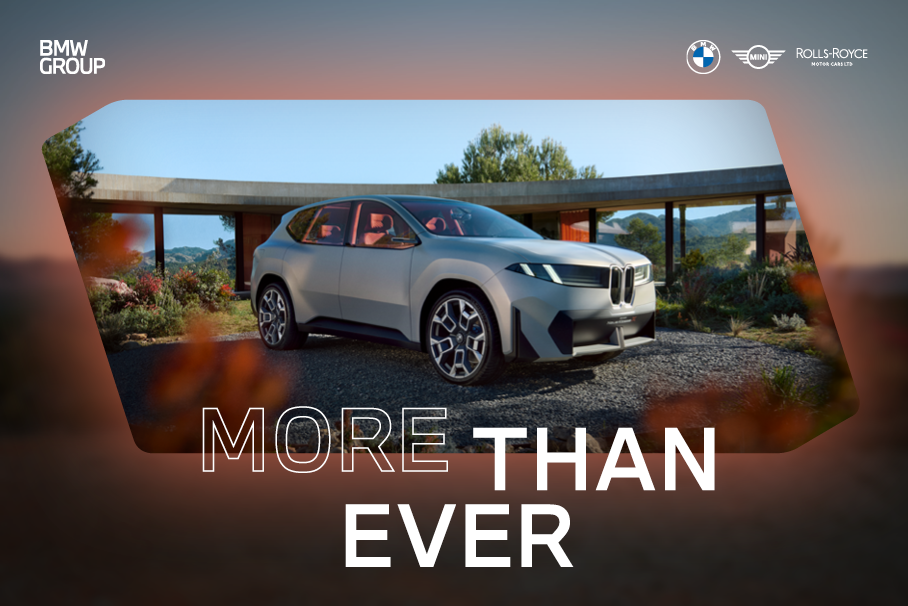The BMW Group has a clear goal: to reduce CO2 emissions from our vehicles by 40 percent per kilometre driven up to the year 2030. This will require a large share of the fleet to be electrified. By 2021 e-mobiles are expected to account for a quarter of the fleet in Europe, rising to a third by 2025, and half by 2030. But for the BMW Group to achieve its goal, it will need more than just an offering of outstanding premium vehicles for customers; an adequate and intact infrastructure to support regular charging will also be needed, as well as a convincing overall package of financial and other incentives for drivers. When all of those things are in place, electro-mobility will see a rapid rise.
Meanwhile, from an environmental perspective, the CO2 savings from plug-in hybrids (PHEVS) and fully electric BEVs will need to be real, rather than just numbers. The BMW Group has optimised its products to deliver. But there are also other, ‘softer’ factors that will require suitable legislation, which in turn necessitates the greatest possible social consensus.


















